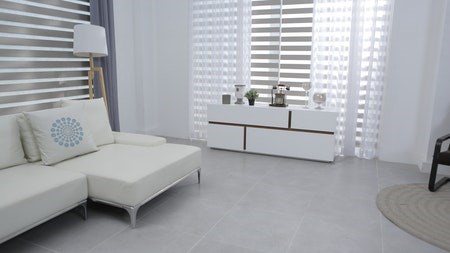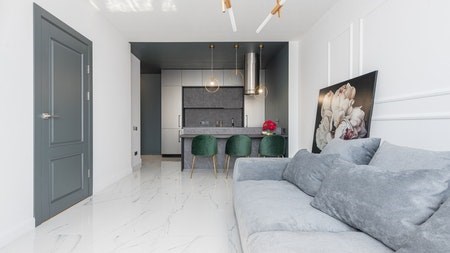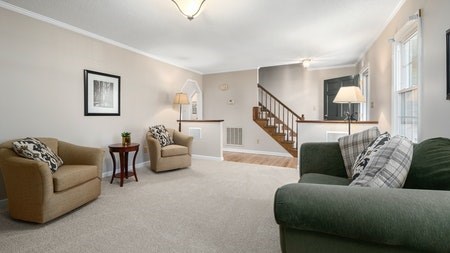The national rental growth rate was still under pressure during the second quarter of 2021, but now seems to have stabilised – at least in the short-term, according to the latest PayProp Rental Index.
The PayProp Rental Index is a quarterly guide outlining trends in the South African residential rental market. It is compiled from transactional data collected by PayProp, a processor of residential rental transactions.
The report for the second quarter of 2021showed that:
Rental growth amounted to 0.4% in the second quarter – just slightly below the 0.5% recorded in the previous quarter.
The average national rent rose marginally from R7 746 in the second quarter of 2020 to R7 778 in the second quarter of 2021 – an increase of only R32 over the 12 months period.
Johette Smuts, PayProp’s head of data analytics, says the worst appears to be over for now, with the index showing rental growth of 0.7% in May and 0.8% in June - after dropping below zero in April.
She says that rental growth remains under pressure as lower interest rates provide an incentive for tenants to buy properties instead of renting. This trend has narrowed the pool of available tenants, placing downward pressure on rental growth. In addition, continued building of investment homes and developments in many metros has exacerbated an already evident oversupply of rental properties. This has resulted in landlords being hesitant to increase rentals for fear of having their investment units remaining empty.
Smuts says the low rental increase trend runs counter to the inflation position.
“Inflation reached a 30-months high of 5.2% in May, driven largely by transport costs, including higher fuel prices,” says Smuts. “The continually increasing cost of other goods and services has put pressure on already-stretched consumers. The aftermath of job losses due to lockdown continues to affect many consumers’ pockets, and affordability is still a major concern for tenants across the board.”
Rental arrears
After the initial blow of the first lockdown in 2020, the index showed that rental arrears consistently improved throughout a very difficult year.
The percentage of tenants who were in arrears reached a high in the second quarter of 2020, when almost one in four tenants was behind in payments. This was up from around one in five in the first quarter of 2020.
Smuts says the dramatic increase in rental arrears in April 2020 was a direct result of the announcement of the first lockdown at the end of March 2020.
“The worst now seems to be behind us with tenant finances and arrears continuing to improve. In the second quarter of 2021 the percentage of tenants in arrears dropped back to 20% - closer to the 19.4% of the pre-lockdown period.”
Regional statistics
Provincial and regional rental activity differs from national averages – much like property sales statistics. This is due to differences in local supply and demand, as well as income levels and economic activity.
- Traditionally the most expensive province for tenants, the Western Cape, experienced its first positive rental growth after four consecutive quarters of negative growth. Average rent in the province increased by 1.8% to R9 185 – up from R9 022 in the second quarter of 2020.
- In Gauteng, rentals fell for the second consecutive quarter with tenants paying on average 0.6% less - from R8 344 a month in the second quarter of 2020 to R8 292 in the second quarter of 2021.
- In KwaZulu-Natal, average rental increased by 2% year on year, to an average rent of R8 200 in the second quarter of 2021. Smuts says this was the second-highest growth experienced among the provinces.
KwaZulu-Natal is now the third most expensive province in which to rent – up from fourth in the first quarter of this year.
Limpopo landlords and agents report that the tide has turned in the province, with a much-needed increase in rent after 14 consecutive quarters of negative growth. The average rent in the province increased by 0.8% to R7 017 over the 12 months to the second quarter of 2021.
The last time this province recorded positive growth figures, the average rent was R7 741.
Prospects
Smuts believes rental growth will remain muted for the rest of the year.
“Although the numbers are stable, we don’t expect rental growth to recover above 1% this year. This is largely because the variables affecting rental growth are unlikely to change in the short term. This includes affordability - the main issue on the demand side - and the ongoing oversupply of rental stock on the supply side.”




